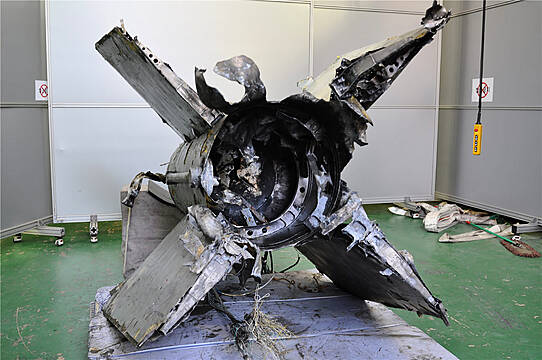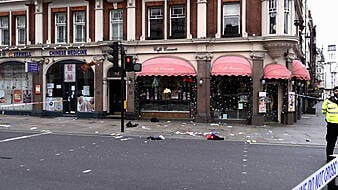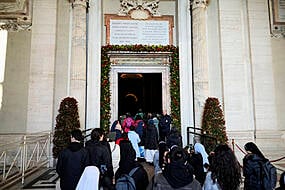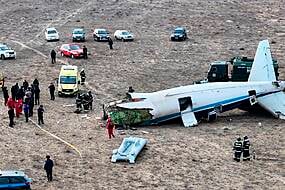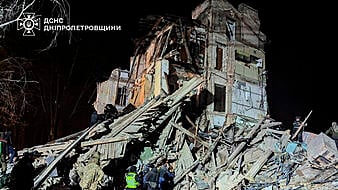North Korea has fired a short-range ballistic missile toward its eastern sea, extending a recent barrage of weapons demonstrations including what it described as simulated attacks on South Korean and US targets last week.
Seoul’s joint chiefs of staff said the missile was launched from the western town of Sukchon, north of the capital, Pyongyang, and flew across the country toward waters off the North’s eastern coast.
The South Korean and Japanese militaries assessed that the missile flew about 155 to 180 miles at a maximum altitude of 18 to 30 miles.
The relatively low trajectory seemed to align with the flight characteristics of some of North Korea’s newer short-range weapons designed to evade missile defences.

Japanese defence minister Yasukazu Hamada said the missile landed in waters outside of the country’s exclusive economic zone.
He said North Korea’s intensifying testing activity was “significantly heightening” regional tensions and that Japan has lodged a protest with the North through their embassies in Beijing.
South Korea’s foreign ministry said its nuclear envoy, Kim Gunn, held separate telephone calls with his US and Japanese counterparts to discuss trilateral cooperation to counter North Korea’s increasing weapons tests and growing nuclear threat.
South Korean officials say the North could attempt to further raise pressure by conducting its first nuclear test since 2017 in coming weeks.
The launch came after North Korea fired dozens of missiles last week in an angry reaction to a massive combined aerial exercise between the United States and South Korea that the North described as an invasion rehearsal.

Earlier on Wednesday, South Korea’s military said the recovered debris of one of the North Korean missiles that flew southward last week was determined to be a Soviet-era anti-aircraft weapon that dates back to the 1960s.
The North’s military said on Monday that its launches last week were simulations of actions designed to “mercilessly” strike key South Korean and US targets such as air bases and operation command systems.
It said those tests included ballistic missiles loaded with dispersion warheads and underground infiltration warheads meant to launch strikes on enemy air bases, ground-to-air missiles designed to “annihilate” enemy aircraft at different altitudes and distances, and strategic cruise missiles that fell off South Korea’s south-eastern coast.
The North described those launches as an appropriate response to the United States and South Korea’s “Vigilant Storm” joint air force drills that wrapped up Saturday, which involved some 240 warplanes, including B-1B supersonic bombers and advanced F-35 fighter jets.
This week, South Korea’s military has been conducting annual command post exercises meant to enhance crisis management and operational capabilities to cope with growing North Korean threats. The four-day training is to last until Thursday.
